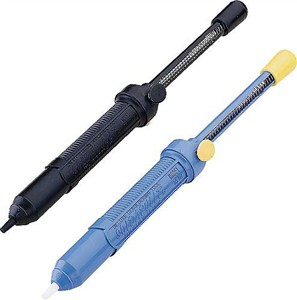I would like to know from experienced builders what the rule or usual outcome is regarding soldering and desoldering components before it becomes damaged. Are components made to withstand soldering iron heat alot which I have set to 360 degrees on my iron.
Thermal paste, do they become glue like when used? I am contemplating using thermal paste for one of my builds for a heatsink to a 2N3055G but I need the heatsink to be easily removed in the future for troubleshooting or mods?
Thermal paste, do they become glue like when used? I am contemplating using thermal paste for one of my builds for a heatsink to a 2N3055G but I need the heatsink to be easily removed in the future for troubleshooting or mods?

























